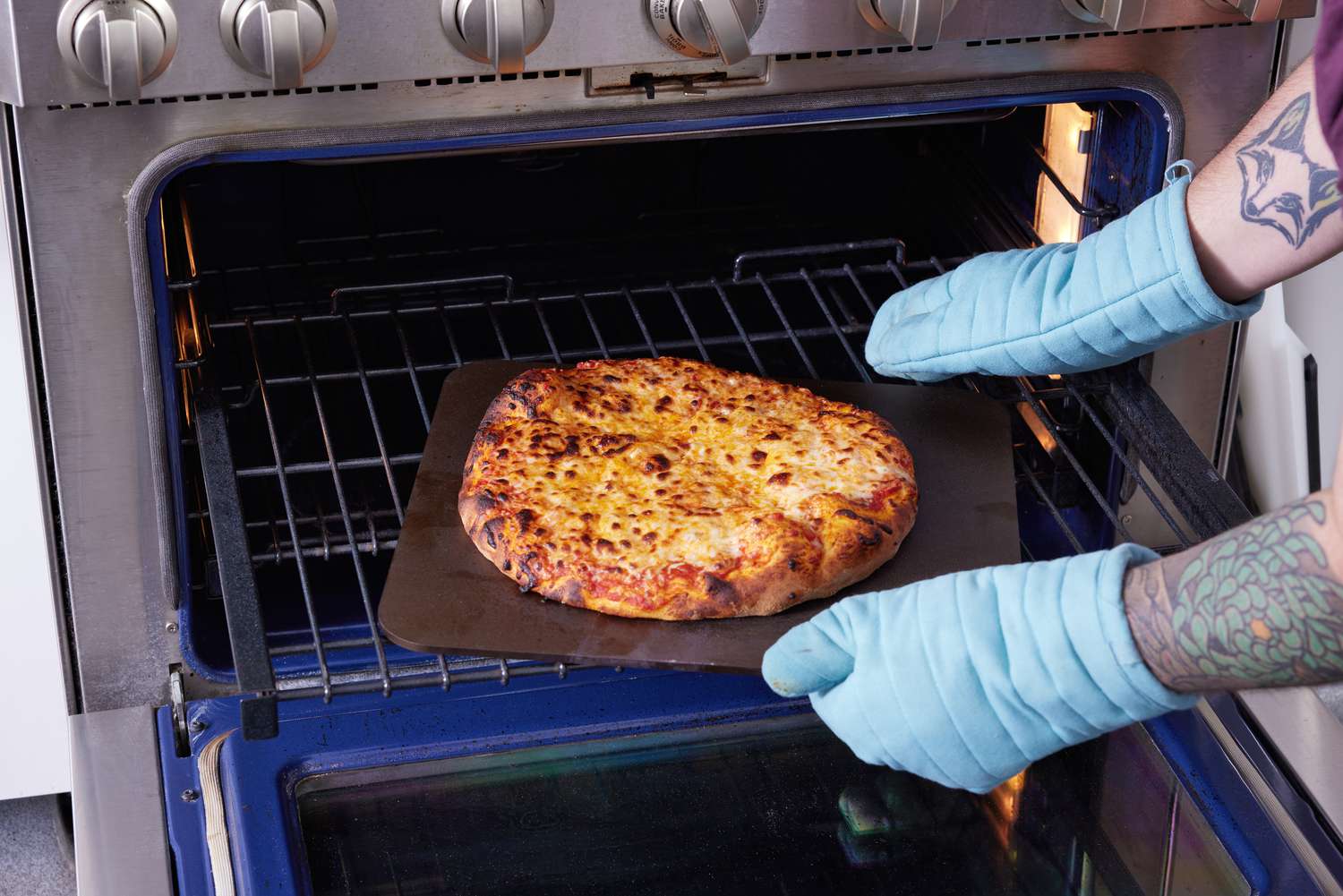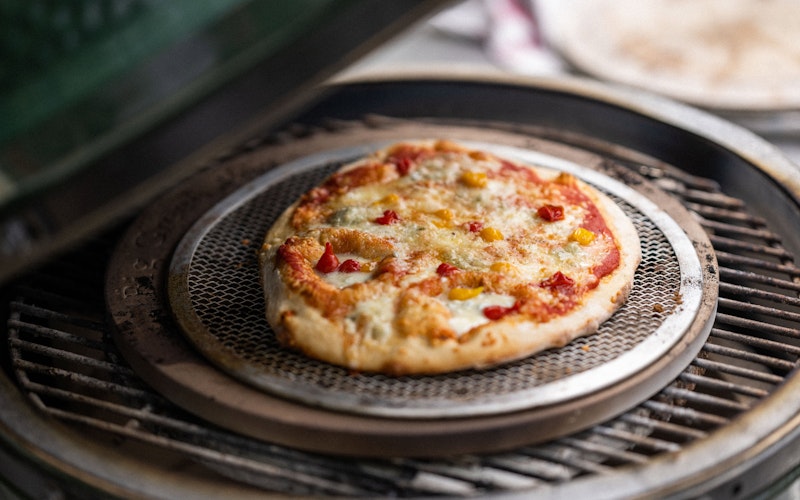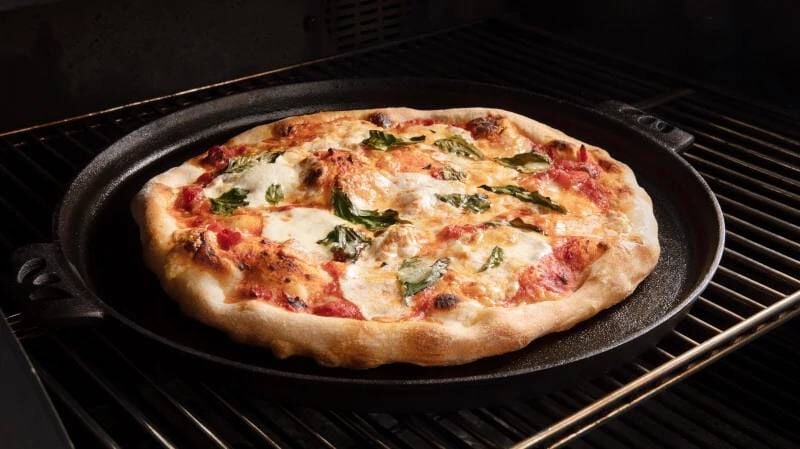Baking is both an art and a science. When executed correctly, it yields aromatic, flavorful wonders that delight the senses. But introduce the variables of altitude and specialized equipment, like baking stones, and the science becomes ever more critical. Using baking stones at high altitudes presents unique challenges and opportunities. The physics of baking changes when you're thousands of feet above sea level. We will explore the nuanced techniques kitchen professionals can apply to harness these conditions to their full potential.
For many culinary professionals, high-altitude baking can seem like an insurmountable challenge. However, utilizing tools such as baking stones can offer solutions that melt frustration into triumph. Let's investigate how to effectively employ these stones in your high-altitude kitchen.

The Science Behind Baking at High Altitudes
At higher elevations, atmospheric pressure is lower, which means water boils at a lower temperature. This affects not only the boiling point but also how leavening gases expand during baking. Ingredients and cooking conditions that work perfectly at sea level may falter above 3,000 feet. Using baking stones offers an effective way to counteract some of these challenges by providing even heat distribution.
Why Choose Baking Stones?
Baking stones are renowned for their ability to absorb and evenly distribute heat, creating an ideal surface for baking bread, pizzas, and other culinary delights. But how do they perform at high altitudes? Stones serve as a stable, consistent heat source, which is crucial when baking times and temperatures can fluctuate in lower-pressure environments. If you want to get technical insights into using baking stones, resources like Chefs Resource provide invaluable information.
Best Practices for High-Altitude Baking with Stones
The art of baking at high altitudes requires expertise, patience, and a good understanding of how to adapt your techniques. For kitchen professionals using baking stones at high altitudes, several practices can lead to successful outcomes:
Preheating
Proper preheating is vital when employing baking stones. Given that altitude reduces boiling points and alters air pressure, attaining full stone temperature before baking is critical. Ensure that your stone is allowed ample time to heat, typically 45 minutes to an hour, to mitigate inconsistent heat exposure.
Absorbing Moisture
Utilizing a baking stone can also assist in dealing with excessive drynessa common high-altitude issue. The porous nature of many stones allows them to absorb moisture from the dough's surface, resulting in a more controlled bake.
Ingredient Adjustment
It's often necessary to tweak recipes when baking at high altitudes. You might need to adjust flour quantities or other liquid components. Consult external baking experts or comprehensive resources to fine-tune adjustments. Sites like baking stone storage can guide you on maintaining optimal conditions for your stones to prolong their life.
Overcoming Specific Challenges
Even seasoned chefs find that particular obstacles arise with high-altitude baking. Some of these challenges can become minimized with baking stones when you properly adjust your baking strategies:
Temperature Drops
Quickly losing heat is a common issue at high altitudes. To combat this, use a thicker, higher-quality stone that retains heat longer. Explore the realm of compact baking stones for spaces where oven capacity is restricted.
Humidity Concerns
Low humidity levels can result in rapid cooling and dense dough. Baking stones establish a warm, uniform baking surface that can gently cook the dough and balance out dry conditions.
Conclusion: Mastering the Art of Baking at Elevation
Mastering high-altitude baking with stones requires an understanding of both science and artistry. While there are obstacles, using baking stones in a knowledgeable way ensures consistent, delicious results. To further enhance your baking setup, investigate tips on sustaining your kitchen tools, as seen in posts about shipping baking stones safely.

FAQs
Q1: How does low atmospheric pressure affect baking?
A: Low pressure means ingredients like water and eggs can boil and cook at lower temperatures, generally requiring adjustments in both temperature and cooking times.
Q2: Are there specific types of baking stones better suited for high altitudes?
A: Thicker and denser stones are preferable as they retain and distribute heat more efficiently, perfect for high-altitude cooking.
Q3: What tricks do professional chefs use for baking at high altitudes?
A: Chefs often preheat stones longer, adjust ingredients slightly, and keep meticulous notes on their adjustments to recipes over time to match their specific conditions.
This article contains affiliate links. We may earn a commission at no extra cost to you.






Leave a comment
This site is protected by hCaptcha and the hCaptcha Privacy Policy and Terms of Service apply.